This major new acquisition at Boston’s Museum of Fine Arts is a masterpiece of design and execution.
Sparkling with rubies and amethysts in yellow gold, this life-size Starfish brooch by Boivin is “extraordinary,” says Emily Stoehrer, the Rita J. Kaplan and Susan B. Kaplan curator of jewelry at the Museum of Fine Arts, Boston (MFA). Stoehrer chose the brooch to join the MFA’s collection of stellar jewelry, calling it “one of the most important designs ever made for the house of Boivin.”
René Boivin founded the firm in Paris in 1890. After he died in 1917, his widow, Jeanne, took over, making her the first woman to run a jewelry house in France, Stoehrer notes. “One of the early decisions she made, which was so pivotal, was to hire Suzanne Belperron as a designer. Belperron was very young, a total unknown to the jewelry world, and doing something unlike anyone else, so it was a risk.”
After Belperron left, another female designer, Juliette Moutard, added her own sense of design to Jeanne Boivin’s vision. “During the 1930s, Boivin was known for making these great modern designs that were a break from the Art Deco period, highlighting natural themes and using colored gemstones in new and creative ways. This brooch is a really good example of that,” says Stoehrer.
Hollywood-bound
Moutard designed the Starfish brooch in 1935; the original version of the piece, fabricated by Charles Profilet, was completed in 1937. Measuring four inches across — about the size of an outstretched palm — the brooch features dozens of hinges on the back that allow it to be fully articulated. “I can’t think of anything like it,” says Stoehrer. “It was meant to hug the body. When you pick it up, it drapes in a way I haven’t seen in any other jewel.”
A total of four amethyst and ruby Starfish brooches were created during this period, Stoehrer says. Other versions were made later, but the first one sold to another notable woman, actress Claudette Colbert. “Colbert was in Paris in 1938, and we believe that she bought it then,” continues Stoehrer. “She was born in Paris, and she loved French fashion.” However, Colbert tended to be conservative in her style, “and this big, bold piece was an unusual choice. She bought it at an important moment in her career. She was the highest-paid actress in Hollywood after just winning the Academy Award for her role in It Happened One Night. Perhaps that gave her the confidence to buy something out of the ordinary.”
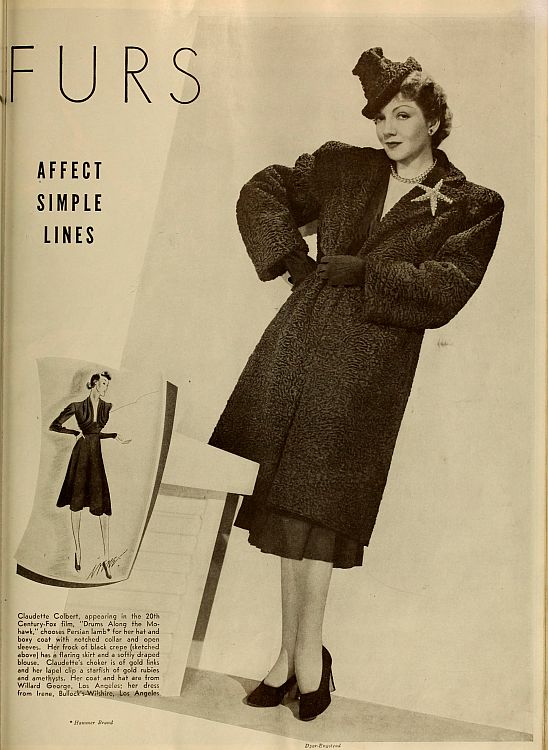
Female provenance
The MFA acquired the brooch in June 2019. Stoehrer, who was “interested in adding more stories of women to the jewelry collection at MFA,” notes that this jewel “tells a really strong story of the role that women played in jewelry design in the 1930s.” The curator was also looking to add a piece by Boivin, “and if you’re going to get something from Boivin, why not get the best they ever made?”
At present, the brooch is not on public view, but Stoehrer hopes to have it on display in the next year or so. It fits comfortably among the other MFA jewels with impressive female provenance, including the Marjorie Merriweather Post brooch, and pieces that belonged to Mary Todd Lincoln, Queen Mary and Bunny Mellon. “I think visitors really engage with stories of the women who wore these pieces, and that added a whole other level of excitement to the Starfish brooch for me.”
Main image: Boivin Starfish brooch. Image: Museum of Fine Arts, Boston.

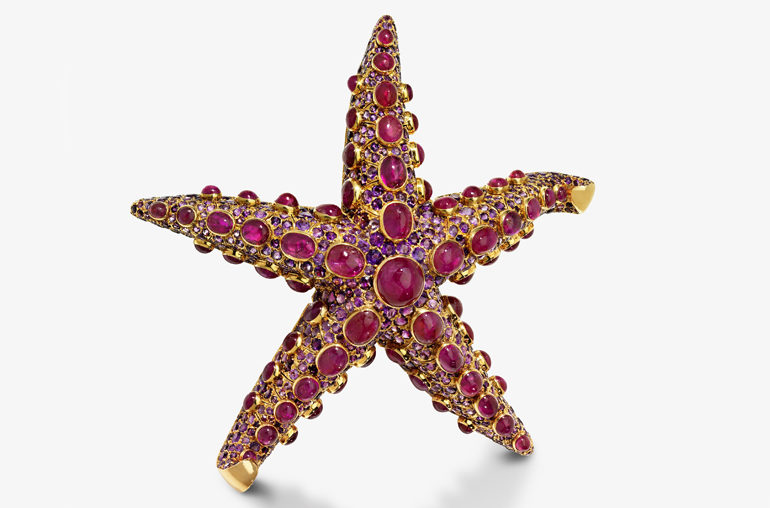
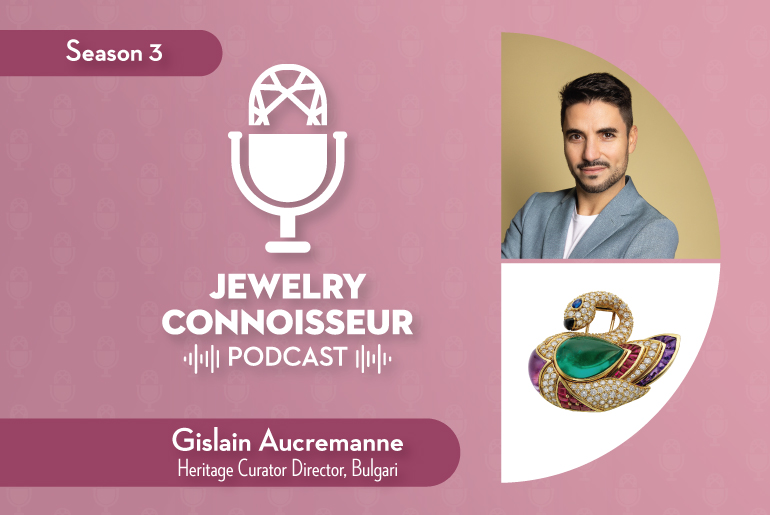
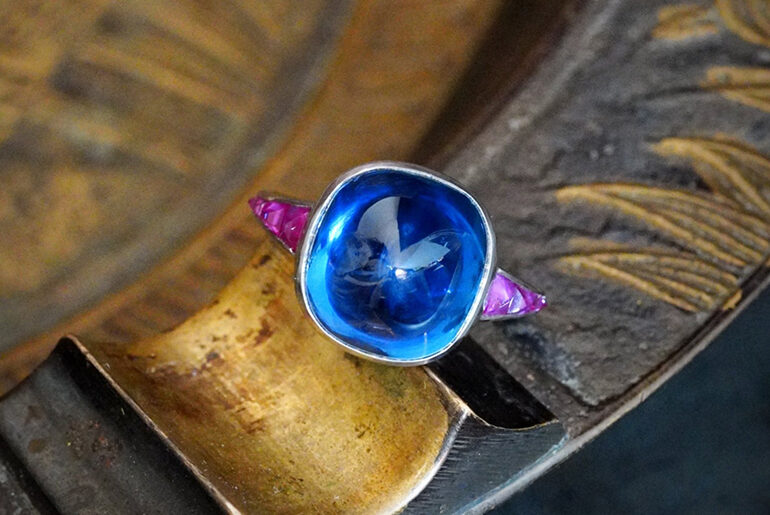
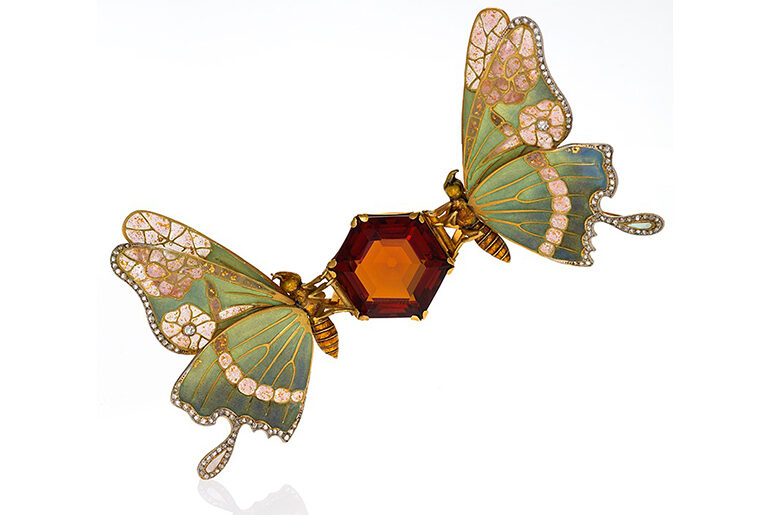
Comments are closed.